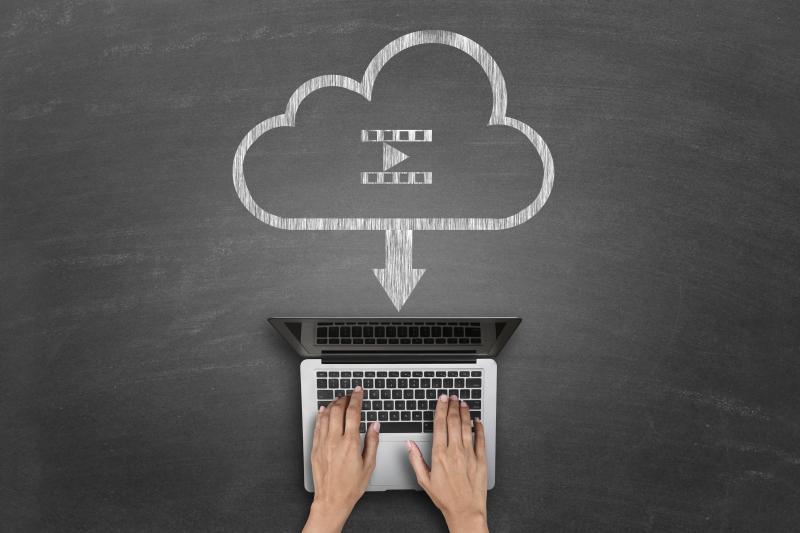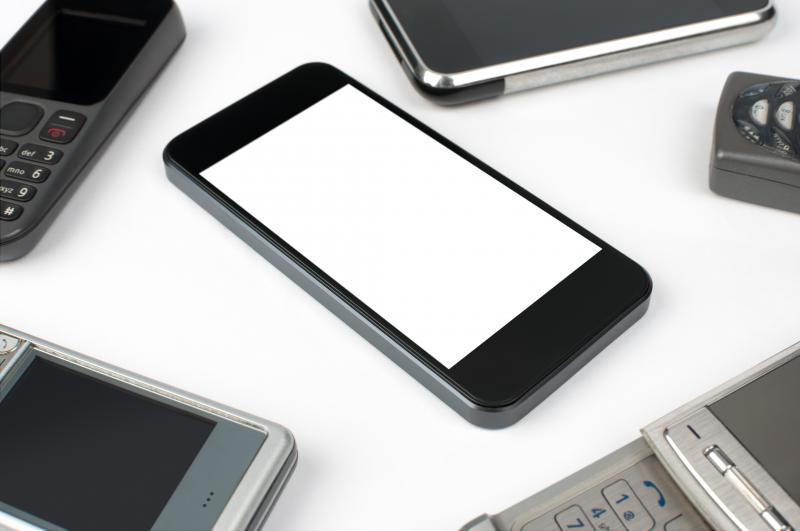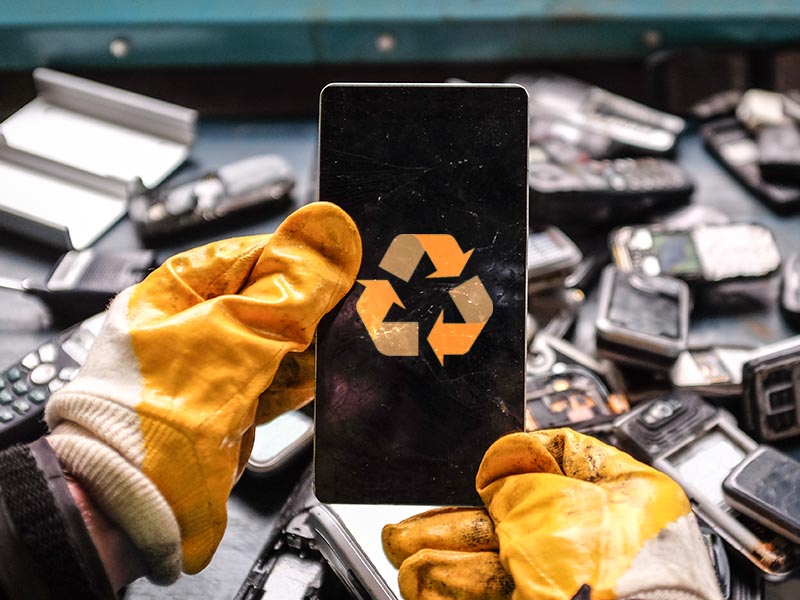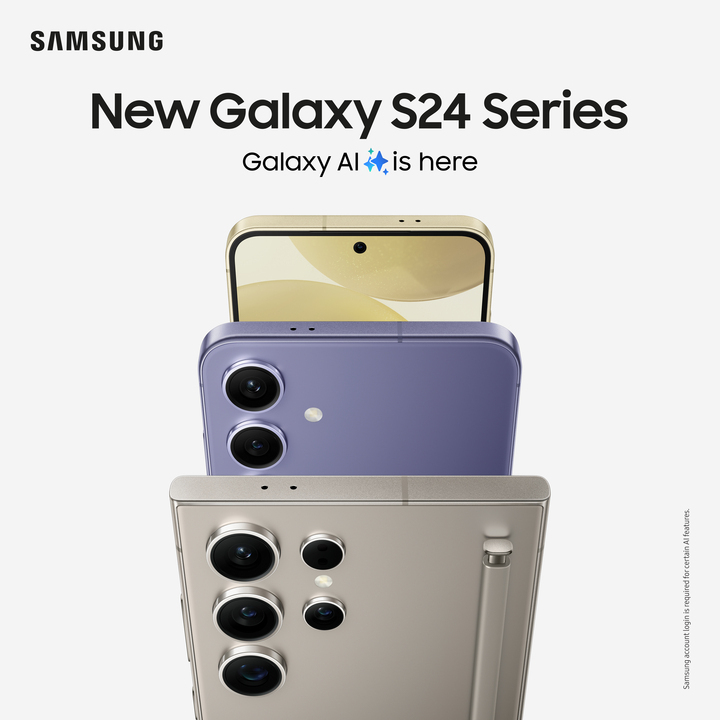
What is streaming?
14 Mar 2016
But because many folks don’t know exactly how streaming works, they end up burning through their data allowance faster than a candle at an origami party. Come with me now on a journey through space, time, and data, to learn the basics of streaming so you can truly be the master of your own data.
How is ‘streaming’ different to ‘downloading’?
Streaming means watching video or listening to audio in real time instead of downloading a copy of that file to watch or listen to later. That means when you stream your device is receiving data constantly and doesn’t use up storage space on your device like downloading does. For this reason, music streaming can be more convenient but tends to consume lots more data.
How does streaming work?
In streaming video and audio, the traveling information is a stream of data from a server. Files that are encoded for streaming are usually compressed to utilise as little bandwidth as possible. If there is an interruption due to congestion on the internet, the sound will drop out or sometimes the screen will go blank. In order to counter this problem, your device will store a ‘buffer’ of data that’s already been received. We’ve all seen the ‘buffering’ window pop-up before, right? That happens when the buffer is all out of data and it needs to catch up.
Different quality levels of streaming
Many streaming services, like Spotify, Youtube and Netflix, offer their service at different quality tiers which are often further categorised under the device you’re using at the time. These tiers will ultimately change how much data the service will consume per second. This is obviously very helpful in controlling your data usage, as well as catering for different internet connection speeds and screen sizes. For example, Youtube’s high-quality videos for phones have less resolution (and so use less data) than low-quality videos for desktop computers due to phones having smaller screens.
How much data does streaming use?
In broad terms, streaming music and podcasts can use about 1-2MB per minute, while streaming video can use about 3 to 6MB per minute. This will obviously be affected by the quality tier of the streaming you select, but you can take this as a rough guide.
Keep tabs on your data
With all this streaming content out there it’s way too easy to blow your data allowance. So I suggest keeping an eye on your usage with the handy and free amaysim app for apple or android. You can also keep up to date with your usage and everything else related to your account via My amaysim. Or simply text ‘BAL’ to 568 from your phone to check your balance.
Expedition complete! Thanks for joining me. For more handy hints on how to conserve your data while streaming, check out my buddy Mariah’s Data Friendly Streaming Tips.
Good luck out there!



